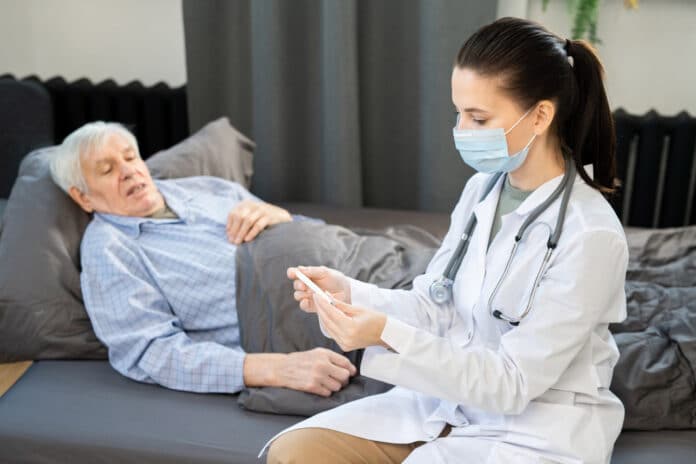Scripps Research and Cardiff University scientists have made substantial advances in developing a potential stem cell-based therapy for Parkinson’s disease. The method, known as autologous treatment, employs induced pluripotent stem cells (iPSCs) derived from a patient’s skin or blood cells to replace brain neurons lost in Parkinson’s disease. Immunosuppression is not required when a person’s cells are transplanted.
In a new study, researchers employed iPSCs derived from the skin cells of two persons with Parkinson’s disease to create young neurons effectively transplanted into a rat model of the condition. They used the animal model to determine when iPSC-derived neurons should be transplanted to become mature neurons capable of reversing illness symptoms in the rat brain.
The new study is an essential step toward clinical trials of autologous iPSC-derived neurons in human Parkinson’s disease patients.
Senior author Jeanne Loring, Ph.D., professor emeritus and director of the Center for Regenerative Medicine at Scripps Research and co-founder of Aspen Neuroscience, said, “This paper reports important progress toward development of an autologous cell replacement therapy for Parkinson’s disease; these results give us confidence that personalized therapy is feasible for Parkinson’s disease.”
Researchers have been working on strategies to use iPSCs, which can create any cell type in the body, to cure a number of disorders characterized by faulty or missing cells for over a decade. Parkinson’s disease patients have brain neurons that create dopamine, a chemical messenger. The ensuing low amounts of dopamine cause Parkinson’s symptoms, which include tremors and delayed movement. The disease has no cure, and only a few treatment options are available. Each year, over 90,000 people are diagnosed with Parkinson’s disease, and 10 million people worldwide live with the disease.
Loring said, “When you transplant neurons derived from someone else’s cells, those cells will be rejected by the immune system, requiring the use of immunosuppressive drugs that are often not well tolerated.”
The researchers discovered that transplants of two stages of early-neuron progenitors could both be effectively grafted into the brain. However, They were startled to learn that only one stage, the early precursors, successfully reverses Parkinson’s disease symptoms. Many genes linked with neuronal development were found to be turned off in younger cells and turned on in older ones.
Researchers can screen cells before transplanting them into patients if they know which genes are turned on in neuronal precursors in the appropriate developmental condition to cure Parkinson’s. The gene expression analysis should increase the likelihood of successful transplants significantly. Researchers employing iPSCs to create therapeutics for disorders like Huntington’s disease, age-related macular degeneration, and heart failure may also benefit from the discoveries.
A Parkinson’s UK Senior Research Fellowship, the Summit for Stem Cell Foundation, and the California Institute for Regenerative Medicine funded this research.
Journal Reference:
- Hills R, Mossman JA, etal. Neurite Outgrowth and Gene Expression Profile Correlate with Efficacy of Human Induced Pluripotent Stem Cell-Derived Dopamine Neuron Grafts. Stem Cells DOI: 10.1089/scd.2023.0043
